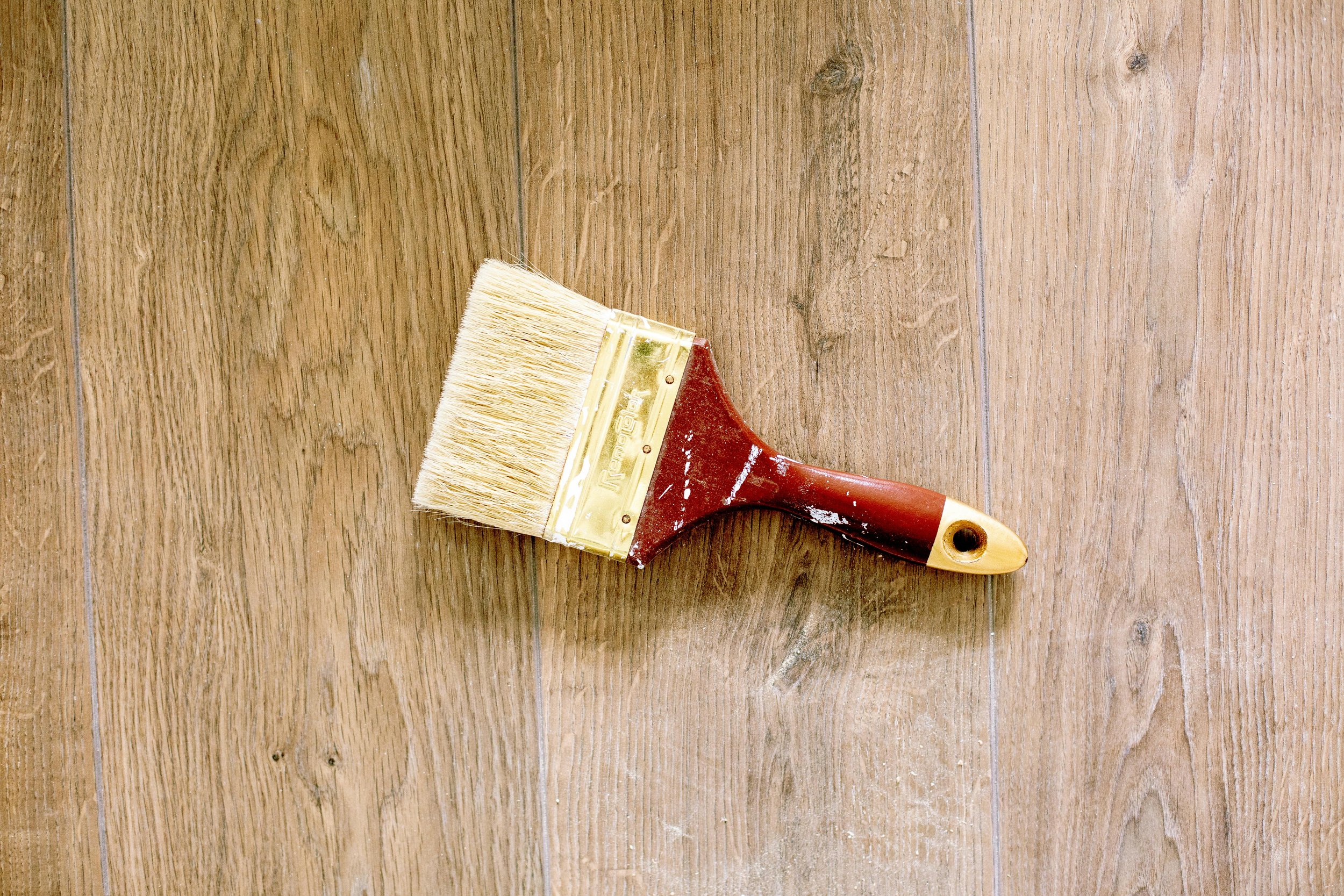How to Clean Shower Grout Mold
Struggling with unsightly mold in your shower grout? Discover effective methods and tips on how to clean shower grout mold and keep your bathroom sparkling clean.
There’s nothing quite like a hot shower to start or end your day. But nothing can ruin that serene experience faster than spotting mold creeping along your shower grout. It’s unsightly, unhealthy, and downright stubborn. If you’ve been searching for the magic formula on how to clean shower grout mold, you’re in the right place. This guide will walk you through practical steps, useful tips, and tried-and-true methods to banish that pesky mold and keep your bathroom pristine.
Understanding Shower Grout Mold
What is Shower Grout Mold?
Before diving into the how-to, it’s essential to understand what you’re dealing with. Mold is a type of fungus that thrives in damp, humid environments, such as your shower. Grout, the porous material between your tiles, provides an ideal breeding ground for mold spores. Over time, mold can discolor grout, damage tiles, and pose health risks. Recognizing the nature of mold and its affinity for moisture can help you address the issue more effectively. By understanding these basics, you’ll be better equipped to tackle mold growth and maintain a cleaner, healthier bathroom environment.
Why Does Mold Grow in Shower Grout?
Mold growth is fueled by moisture, warmth, and organic material, such as soap scum, making your shower the perfect breeding ground. Without regular cleaning and proper ventilation, mold can quickly take hold and spread. The warm, damp environment provides ideal conditions for mold spores to thrive. By maintaining a clean shower and ensuring good airflow, you can prevent mold growth and keep your bathroom healthier. Regular attention to these factors will help you manage and reduce the risk of mold, preserving both the appearance and safety of your shower space.
Tools and Materials You’ll Need
Before you embark on your grout-cleaning adventure, gather these essential tools and materials:
Protective gear: Gloves, mask, and goggles
Scrubbing tools: Toothbrush, scrub brush, or grout brush
Cleaning agents: Baking soda, white vinegar, hydrogen peroxide, commercial grout cleaner, or bleach
Spray bottle
Bucket
Old towels or rags
Fan or dehumidifier
Step-by-Step Guide on How to Clean Shower Grout Mold
1. Prepare Your Bathroom
First things first, prep your bathroom for cleaning. Open a window or turn on the exhaust fan to ensure good ventilation. Mold spores can become airborne during cleaning, so it's crucial to wear protective gear, such as gloves and a mask, to avoid inhaling them. Proper ventilation helps reduce the concentration of spores in the air, making the cleaning process safer and more effective. By taking these precautions, you can tackle the mold problem while minimizing health risks and ensuring a healthier environment in your bathroom.
2. Choose Your Cleaning Solution
You have a few options for cleaning solutions, depending on your preference and what you have on hand:
Baking Soda and Vinegar: A natural and effective combination.
Hydrogen Peroxide: Great for killing mold spores.
Commercial Grout Cleaner: Available at most home improvement stores.
Bleach: Powerful, but use with caution.
3. Apply the Cleaning Solution
Here’s how to use each type of cleaner:
Baking Soda and Vinegar: Mix baking soda with water to create a paste. Apply the paste to the grout lines and spray with white vinegar. Let it fizz and sit for about 10 minutes.
Hydrogen Peroxide: Pour hydrogen peroxide into a spray bottle and spray directly onto the moldy grout. Let it sit for 10 minutes.
Commercial Grout Cleaner: Follow the instructions on the product label.
Bleach: Dilute one part bleach with three parts water. Apply with a spray bottle and let it sit for 5-10 minutes.
4. Scrub Away the Mold
After letting your chosen cleaning solution sit, it’s time to scrub. Use a toothbrush, scrub brush, or grout brush to vigorously scrub the grout lines. This step requires some elbow grease, so put on some music and get scrubbing! The scrubbing action helps to loosen and remove mold, grime, and soap scum from the porous grout. Be thorough, focusing on any discolored or particularly grimy areas. With patience and effort, you'll see your grout lines start to brighten and your shower looking much cleaner.
5. Rinse and Dry
Once you’ve scrubbed the grout, rinse the area thoroughly with warm water. Use an old towel or rag to wipe away any remaining residue. It's crucial to dry the area completely to prevent new mold from forming. Use a fan or dehumidifier to speed up the drying process, ensuring all moisture is eliminated. Thorough drying is essential because mold thrives in damp environments. By taking these steps, you help maintain a clean, mold-free shower, and create a healthier bathroom environment.
6. Repeat if Necessary
Stubborn mold might require a second round of cleaning. If mold remains after your first attempt, repeat the process until the grout is clean. Apply the cleaning solution again, let it sit, and scrub thoroughly. Persistence is key, as some mold stains can be deeply embedded in the grout. By repeating the cleaning steps, you ensure that all mold is effectively removed, restoring the grout to its original condition. Regular maintenance and cleaning will help prevent mold from returning, keeping your bathroom looking fresh and clean.
Preventing Mold in Shower Grout
Cleaning shower grout mold is one thing, but preventing it is another. Here are some tips to keep mold at bay:
1. Ventilation is Key
Make sure your bathroom is well-ventilated to prevent mold growth. Use the exhaust fan during and after showers, and keep the bathroom door open to allow moisture to escape. Proper ventilation reduces humidity levels, making it harder for mold to thrive. This simple step helps keep your bathroom dry and mold-free, ensuring a healthier environment. Consistently maintaining good airflow will significantly decrease the chances of mold returning, preserving the cleanliness and safety of your bathroom.
2. Regular Cleaning
Incorporate grout cleaning into your regular cleaning routine to prevent mold from gaining a foothold. A quick scrub once a week can keep mold at bay, maintaining the cleanliness and appearance of your grout. Regular maintenance ensures that mold spores don't have the chance to settle and grow, making deep cleaning sessions less frequent and more manageable. By dedicating a few minutes each week to grout care, you can enjoy a fresher, healthier bathroom environment with minimal effort.
3. Use a Squeegee
After each shower, use a squeegee to remove excess water from the tiles and grout. This simple step can significantly reduce moisture buildup, which is crucial for preventing mold growth. By removing water promptly, you minimize the damp environment that mold spores thrive in. This practice not only helps preserve the cleanliness and appearance of your tiles and grout but also contributes to a healthier bathroom environment overall. Incorporating this habit into your post-shower routine can make a noticeable difference in preventing mold and maintaining a fresh, dry bathroom space.
4. Seal Your Grout
Apply a grout sealer once a year to create a barrier against moisture and prevent mold growth. Grout sealer forms a protective layer that helps repel water and resist stains, making it less likely for moisture to penetrate and accumulate within the grout lines. By sealing your grout annually, you enhance its durability and cleanliness, as well as extend the lifespan of your tiled surfaces. This proactive maintenance step is especially beneficial in high-moisture areas like bathrooms, where damp conditions can promote mold and mildew. Investing in grout sealer not only improves the aesthetic appeal of your tiles but also contributes to a healthier environment by reducing the risk of mold formation.
Conclusion
Dealing with shower grout mold might not be the most glamorous household task, but it’s one that can make a big difference in the cleanliness and health of your bathroom. With this step-by-step guide on how to clean shower grout mold, you’ve got all the tools and know-how to tackle this pesky problem head-on. Remember, the key to keeping your shower mold-free is regular maintenance and proper ventilation. So, roll up your sleeves, gather your supplies, and say goodbye to grout mold for good!
Frequently Asked Questions
How often should I clean my shower grout?
Ideally, you should clean your shower grout once a week to prevent mold and mildew buildup. However, deep cleaning with a stronger solution can be done once a month or as needed.
Can I use bleach to clean grout?
Yes, bleach can be effective for killing mold on grout. However, it’s strong and can damage grout if overused. Always dilute bleach with water and use it sparingly.
What’s the best natural cleaner for grout mold?
A mixture of baking soda and white vinegar is a powerful natural cleaner for grout mold. It’s safe, effective, and eco-friendly.
Why is mold growing on my grout?
Mold grows on grout due to the combination of moisture, warmth, and organic material in your shower. Regular cleaning and proper ventilation can help prevent mold growth.
Is mold on shower grout dangerous?
While small amounts of mold are typically not harmful, large infestations can cause health issues, especially for those with allergies or respiratory problems. It’s best to clean mold promptly and thoroughly.












